The Pixel 8 series arrived in late 2023 bringing an improved SoC, a new camera sensor, and more. For those hanging on to the now three-year-old Pixel 5, is it time to finally upgrade? We take a closer look in this Google Pixel 5 vs Pixel 8 comparison.
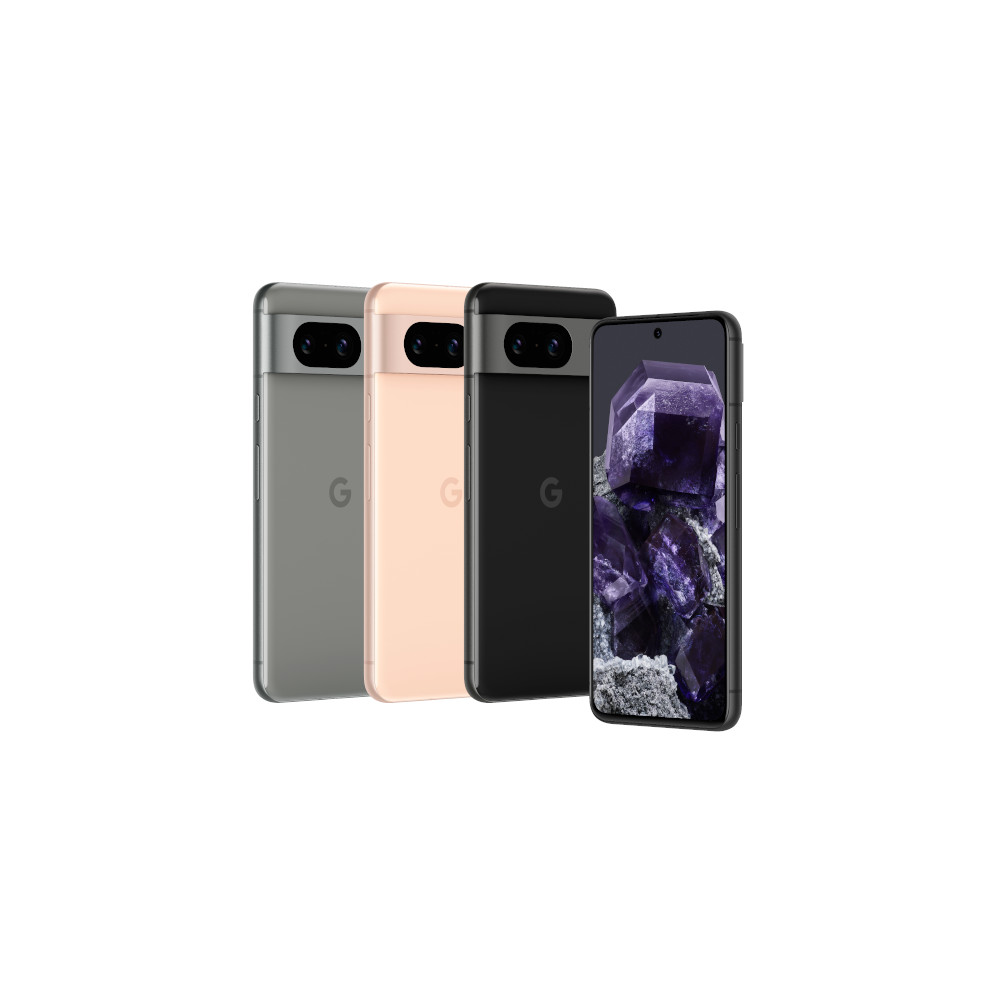

Google Pixel 8
Bright display • Upgraded face-unlock • Improved camera
A bright display from Google’s 2023 flagship phone
The Google Pixel 8 introduces the new Actua display, a 6.2-inch panel that’s 42% brighter than the Pixel 7. Backed by the fully updated Tensor G3 chipset, and a new 50MP camera, this promises to be one of the more exciting Pixel phones.
Google Pixel 8 vs Pixel 5: At a glance
Here’s a quick look at all the major differences between the two devices.
- The Pixel 8 has a much newer and faster processor.
- The Pixel 8 is a slightly larger phone than the Pixel 5.
- The Pixel 8 has a substantially better camera than the Pixel 5.
- The Pixel 5 software support is wrapping up, while the Pixel 8 has seven years left.
- The Pixel 8 has a larger battery and faster charging speeds.
Google Pixel 5 vs Pixel 8: Specs
| Google Pixel 5 | Google Pixel 8 | |
|---|---|---|
|
Display |
Google Pixel 5
6-inch OLED |
Google Pixel 8
6.2-inch OLED |
|
Processor |
Google Pixel 5
Qualcomm Snapdragon 765G |
Google Pixel 8
Google Tensor G3 |
|
RAM |
Google Pixel 5
8GB LPDDR4X |
Google Pixel 8
8GB LPDDR5X |
|
Internal storage |
Google Pixel 5
128GB |
Google Pixel 8
128 or 256GB |
|
Battery and power |
Google Pixel 5
4,080mAh |
Google Pixel 8
4,575mAh (typical) |
|
Cameras |
Google Pixel 5
Rear
Main: 12.2MP, f/1.7 aperture, 1.4µm pixels, optical + electronic image stabilization Secondary: 16MP, f/2.2 aperture, 1 micron pixel, ultra-wide (107-degree FoV) 4K at 60fps/30fps Front |
Google Pixel 8
Rear:
Main: 50MP wide (1.2μm pixel width, ƒ/1.68 aperture, 82-degree FoV, 1/1.31-inch sensor, AF, OIS, EIS) Secondary: 12MP ultrawide (1.25μm pixel width, ƒ/2.2 aperture, 125.8-degree FoV, AF) – Single-zone laser-detect auto-focus (LDAF) sensor Front: Camera app does not have pro controls |
|
Security |
Google Pixel 5
Titan M security chip |
Google Pixel 8
Titan M2 security chip |
|
Buttons and ports |
Google Pixel 5
USB-C 3.1 |
Google Pixel 8
USB-C 3.2 |
|
Connectivity |
Google Pixel 5
Wi-Fi 802.11 a/b/g/n/ac| |
Google Pixel 8
Wi-Fi 7 (802.11be) |
|
5G support |
Google Pixel 5
No |
Google Pixel 8
Yes |
|
Software |
Google Pixel 5
Android 11 |
Google Pixel 8
Android 14 |
|
Dimensions and weight |
Google Pixel 5
144.7 x 70.4 x 8mm |
Google Pixel 8
150.5 x 70.8 x 8.9mm |
|
Durability |
Google Pixel 5
IP68 |
Google Pixel 8
IP68 |
|
Colors |
Google Pixel 5
Just Black, Sorta Sage |
Google Pixel 8
Obsidian (black), Hazel (blue-gray), Rose (pink) |
The Pixel 5 was powered by a modest Snapdragon 765G SoC with 8GB of LPDDR4X RAM and just a single storage size of 128GB. It also had a much smaller display than modern Pixels, at just 6 inches.
Although Google still sticks to more modest CPUs compared to some of its rivals, the Tensor G3 is a massive upgrade over the 765G. Just don’t expect it to be quite as speedy as the current-gen Qualcomm Snapdragon 8 Gen 2. This new Tensor chip has the latest ARM CPUs, an upgraded GPU, a new imaging DSP, a new ISP, and a next-gen TPU. In layman’s terms, all these new chips allow it to have some of the most impressive image processing, machine learning, and AI capabilities on the planet.
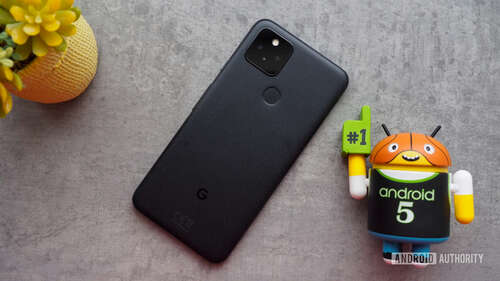
Rita El Khoury / Android Authority
While the Pixel 8 still just has 8GB of RAM, it’s now using LPDDR5X RAM. It also has a 256GB storage option, alongside a base 128GB model. The Pixel 8 display is also improved. Not only is it a bit bigger at 6.2 inches, but it also has a 60-120Hz variable refresh rate and a peak brightness of 2,000 nits.
The rest of the core differences come down to the battery size, charging speeds, and the camera. We’ll talk a bit more about that later, but first, let’s discuss software. The Pixel 5 shipped with Android 11 and is now reaching the end of its update cycle. Android 14 is the last OS upgrade the Pixel 5 will receive, and even security updates are expected to end with this update.
The Pixel 8 not only comes with Android 14 out of the box, but Google has announced an impressive update policy of seven years of OS updates, security patches, and feature drops.
Google Pixel 5 vs Pixel 8: Size comparison
The Pixel 5 and Pixel 8 couldn’t be less alike. On the front, you’ll find the Pixel 5 has a circular cut-out for the camera in the upper left corner, while the Pixel 8 centers its notch. The rear sees even more dramatic differences.
The Pixel 5 had a fingerprint scanner in the center of its rear and a square camera bump in the upper-left corner. It wasn’t an ugly design, but it was pretty boring. This is in sharp contrast to the Pixel 8, which continues the new design language first introduced with the Pixel 6. The all-glass rear is divided into two parts, with a metallic camera bar toward the top. Inside the camera bar, you’ll find a pill-shaped cut-out for the camera, and the flash is located on the right.
The Pixel 5 is also the smaller of the two, coming in at 144.7 x 70 with a thickness of 8mm. The Pixel 8 is a bit bigger at 150.5 x 70.8 and with a thickness of 8.9mm. Despite its larger footprint, it is actually a much smaller phone than its immediate predecessor, the Pixel 7. In our Pixel 8 hands-on coverage, we felt the Pixel 8 hit the sweet spot as it was neither too big nor too small.
Google Pixel 5 vs. Pixel 8: Camera
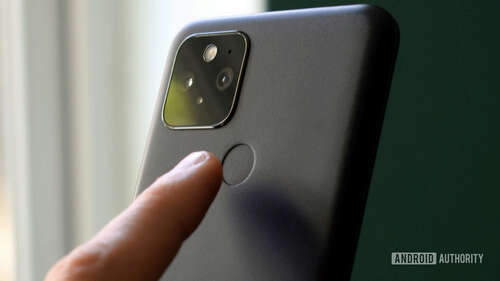
Robert Triggs / Android Authority
The Google Pixel series has always had a reputation for camera excellence. The Pixel 5 utilized the same 12MP main sensor that Google had used since the original Pixel, though it also packed a 16MP wide sensor with .6x zoom. The hardware wasn’t the best at the time, but Google’s camera software and algorithms allowed it to keep up reasonably with other 2020 flagships.
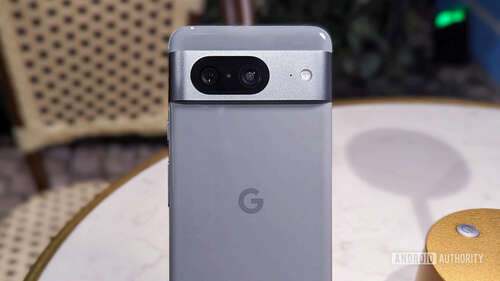
Rita El Khoury / Android Authority
Since then, Google has greatly improved its camera game again. A large part of this is thanks to the machine learning and AI tricks enabled by the Tensor SoC. The actual hardware has also improved over the years. The Pixel 8 has a 50MP main sensor with an aperture of ƒ/1.68, backed by a secondary 12MP ultra-wide camera with 1.25μm pixel width, ƒ/2.2 aperture, and a 125.8-degree FoV.
We’ve yet to put the Pixel 8 camera through its paces, but we can safely say its camera experience represents a major upgrade over the three-year-old Pixel 5.
Google Pixel 5 vs Pixel 8: Battery life and charging
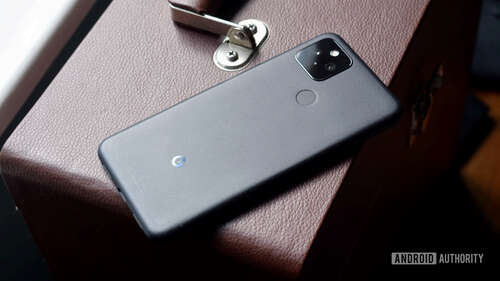
Robert Triggs / Android Authority
The Pixel 5 has a relatively small battery at 4,080mAh, but don’t let this fool you. Thanks to its less demanding chipset, the phone could easily make it through a full day’s use. Unfortunately, charging it was a relatively slow experience as it only supported 18W wired charging and 12W wireless.
The Pixel 8 has a larger 4,575mAh battery. You might assume this means it can even make it into a second day with moderate use. While we haven’t put it through its paces yet, the battery size isn’t much different from the Pixel 7. Judging by the Pixel 8’s predecessor, we should expect a full day’s use but nothing over that.
The good news is charging has improved a bit in the last three years. The Pixel 8 has a 27W wired charging and up to 18W wireless.
Google Pixel 5 vs Pixel 8: Price and availability
- Pixel 5: Retailed for $699
- Pixel 8 (128GB): $699
- Pixel 8 (256GB): $759
The Pixel 5 originally retailed for $699, although it is no longer available to purchase anymore. The Pixel 8 also comes in at $699 for the base model, while the 256GB variant will set you back $759.
Google Pixel 5 vs Pixel 8: Should you upgrade?
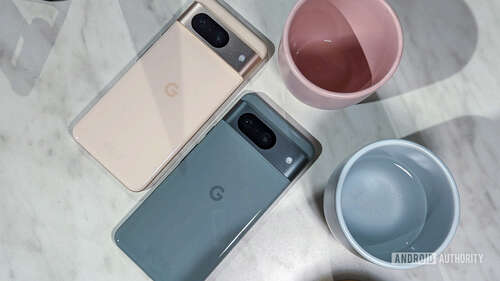
Rita El Khoury / Android Authority
Yes! The Pixel 5 was a good phone during its heyday but with Android support ending, now could be the perfect time to upgrade. The Pixel 8 is the perfect option for Google fans, though the Pixel 8 Pro could also be worth a look if you want something with more power. Conversely, the Galaxy S23 ($799 at Amazon) is an excellent alternative.
For those who don’t mind waiting a bit longer, it’s also worth mentioning the Galaxy S24 is less than half a year away.


Google Pixel 8
Bright display • Upgraded face-unlock • Improved camera
A bright display from Google’s 2023 flagship phone
The Google Pixel 8 introduces the new Actua display, a 6.2-inch panel that’s 42% brighter than the Pixel 7. Backed by the fully updated Tensor G3 chipset, and a new 50MP camera, this promises to be one of the more exciting Pixel phones.
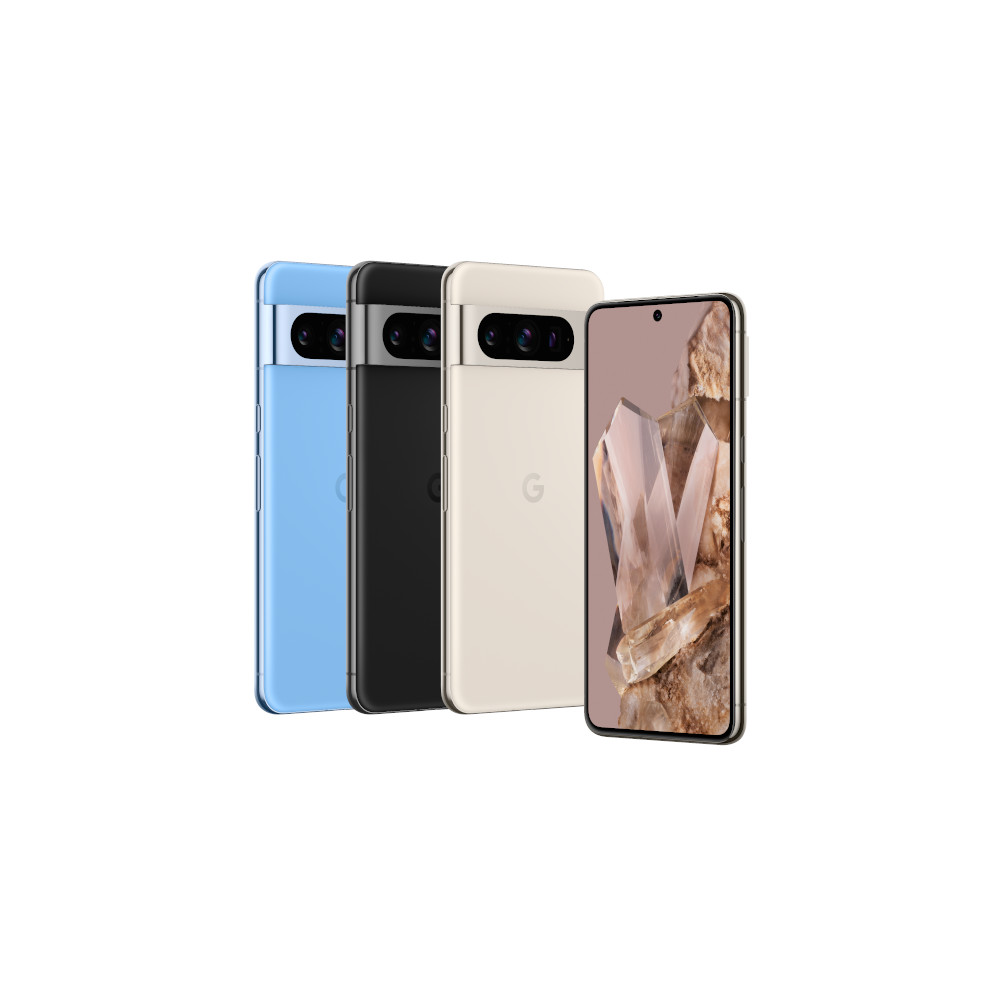

Google Pixel 8 Pro
Excellent cameras • Fun, exclusive Android 14 customizations • Industry-leading update promise
Powerful Google phone with powerful camera features
The Google Pixel 8 Pro is packed with unique camera features and AI-assisted software that puts the smart into smartphone.
Google Pixel 5 vs Pixel 8: FAQ
Yes, both phones have an IP68 rating. You can learn more about IP ratings in our guide.
The Pixel 5 has 12W wireless charging, while the Pixel 8 is capable of up to 18W wireless charging as long as you use the Pixel Stand.
The Google Pixel series has never had microSD, so unfortunately the answer is no.
Yes, both phones have a physical nanoSIM and one e-SIM slot.

